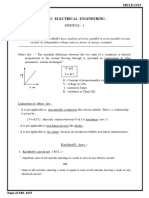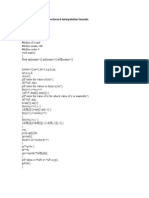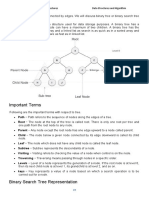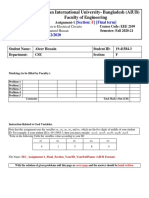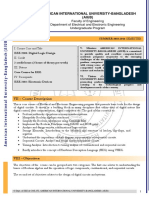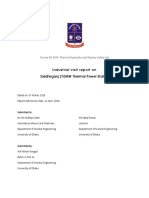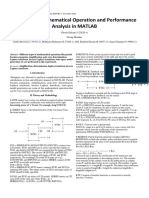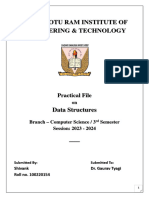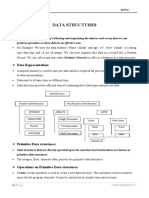0% found this document useful (0 votes)
257 views33 pagesDSA Lab Report
The document describes experiments on implementing array operations like traversal, search, insertion and deletion. It provides the theory and procedures for each operation and includes code to perform these array operations on a linear array through a menu driven program.
Uploaded by
Sudipta MondolCopyright
© © All Rights Reserved
We take content rights seriously. If you suspect this is your content, claim it here.
Available Formats
Download as PDF, TXT or read online on Scribd
0% found this document useful (0 votes)
257 views33 pagesDSA Lab Report
The document describes experiments on implementing array operations like traversal, search, insertion and deletion. It provides the theory and procedures for each operation and includes code to perform these array operations on a linear array through a menu driven program.
Uploaded by
Sudipta MondolCopyright
© © All Rights Reserved
We take content rights seriously. If you suspect this is your content, claim it here.
Available Formats
Download as PDF, TXT or read online on Scribd
/ 33

